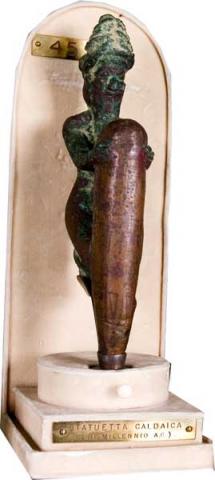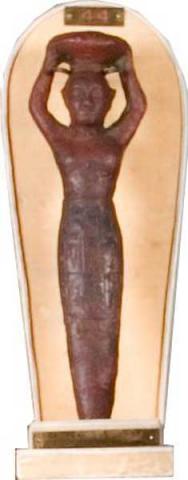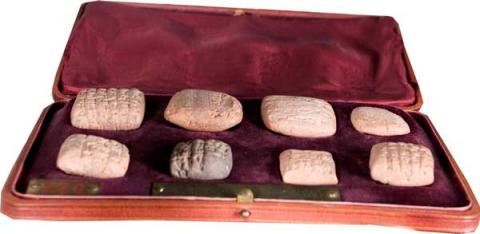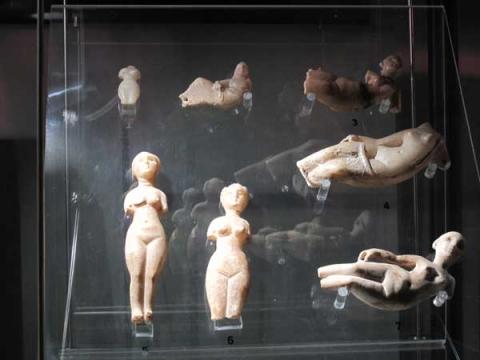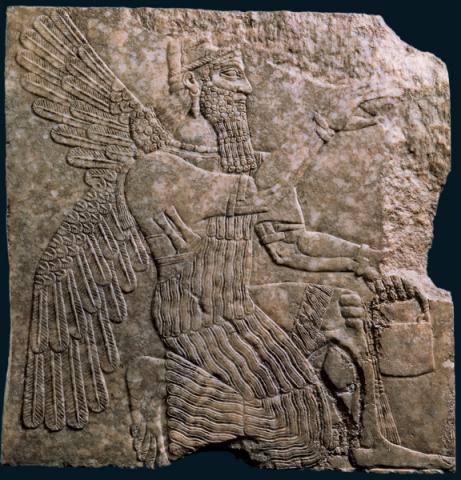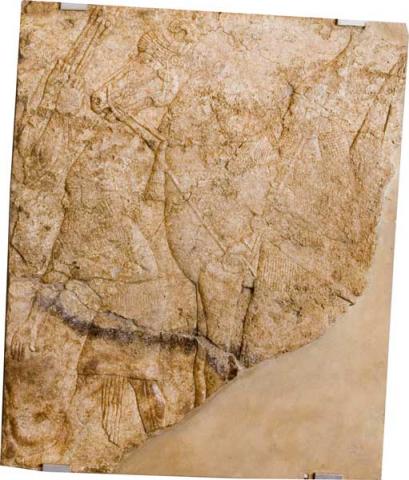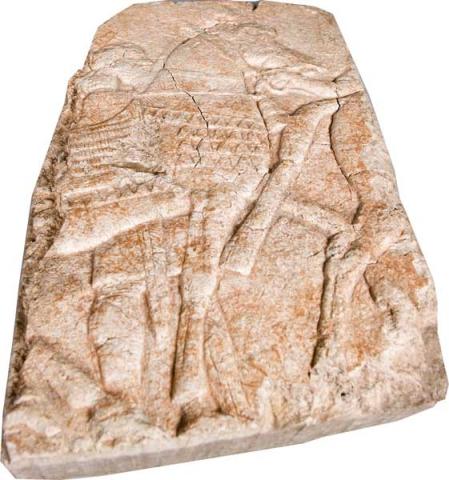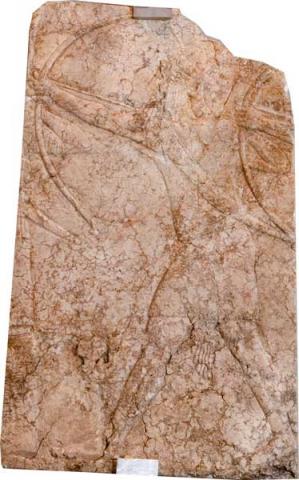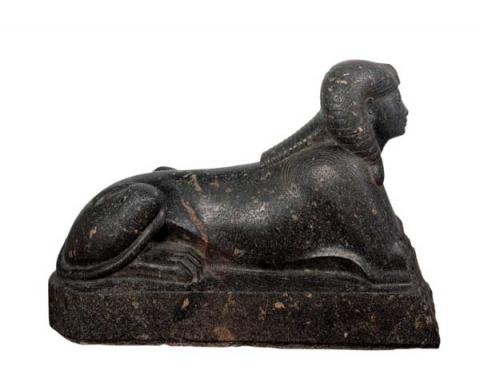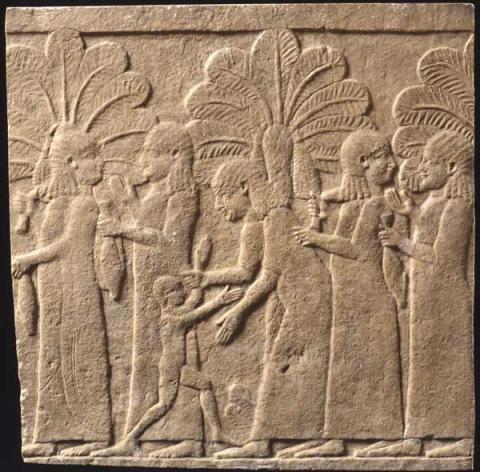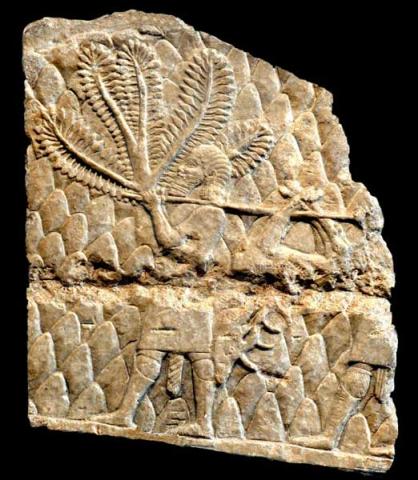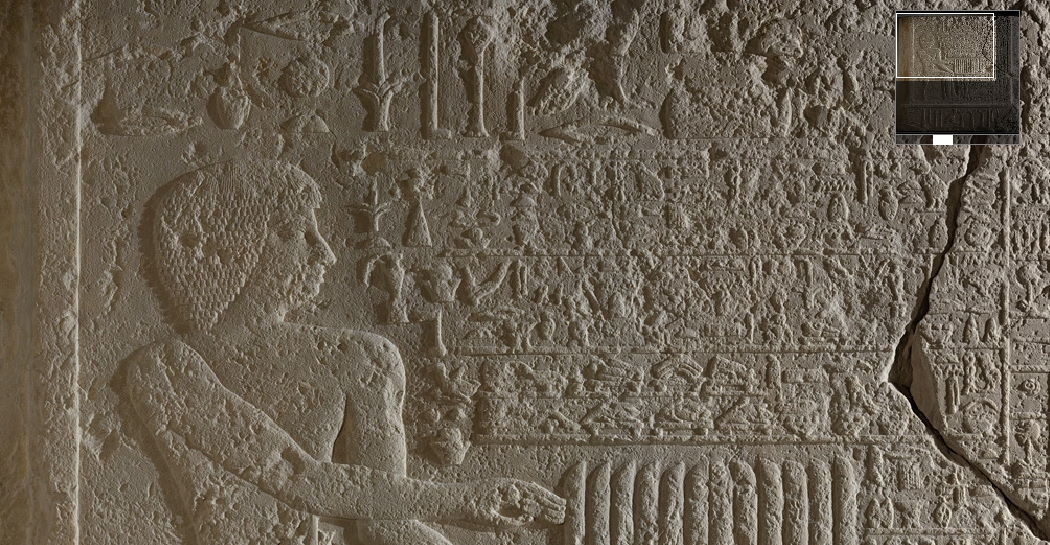Mesopotamian art
The term Mesopotamia means the vast area situated between the Tigris and Euphrates rivers – the present-day Iraq – where, starting in the second half of the 4th millennium B.C., a culture was born and developed continuously in an organic and coherent process despite input from other regions. Unlike Egypt, which maintained ethnic and cultural continuity for thousands of years, the history of Mesopotamia was characterized by a succession of numerous peoples and invasions, which resulted in an overlaying of cultures and artistic forms. The peoples who followed one another in occupying Mesopotamia included the Sumerians, the Akkadians, the Babylonians, theAssyrians and the Persians.

Starting in the third millennium, as the political centers multiplied, so did the varieties of artistic and cultural expressions in Mesopotamia, until, during the period of Akkadian rule (2340-2198 B.C.), an “imperial” art was born.
In the Babylonian age, in the second millennium, Mesopotamian art and architecture acquired a position of centrality in the Near East that lasted into the first millennium, under the Assyrian empire. From that period to the Persian conquest, in the 6th century B.C., Assyrian and Babylonian court culture and the manifestations of the spirituality of those peoples constituted a model that in certain fundamental respects had a decisive influence not only on the culture of the successive Achemenide empire, but also, directly or indirectly, on Greek culture (the Oriental period).
The largest manifestations of Mesopotamian architecture were the temples. The most monumental ones rose atop terraced pyramids, forming what are called ziggurats .
Palace complexes were likewise impressive; they reached their greatest splendor in the first millennium B.C., as witness the ones built by the Babylonian, Assyrian and Persian rulers.
Mesopotamian statuary, like the Egyptian, always served religious purposes. The god’s image was placed on the temple altar in front of the niche at the narrowest end of the chapel. Ceremonies such as the offering of food and water were held in front of the statue, because it was considered a manifestation of the god. The statue was indissolubly linked to the temple, and could be taken outside only for certain ceremonies, such as the New Year festivity (Akitu). For the Mesopotamian peoples, the theft or destruction of a god’s statue meant that the god had abandoned the temple and no longer protected the town. This principle did not apply to statues of royalty, because Mesopotamian kings were not considered incarnations of a god, but his vicar on earth. The king’s statue in the temple symbolized the eternal memory of his pious submission to the gods, so that they would intercede on his behalf.
The Museum contains important examples of Mesopotamian art that Giovanni Barracco bought on the lively European antiquities market in the second half of the 19th century, where one could find artifacts from the great excavations being carried out in the Near East, mainly by French and English expeditions.
